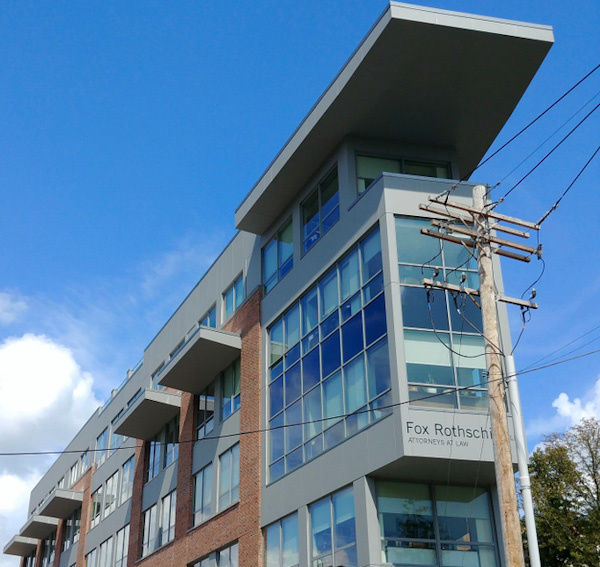First-year class sizes for ABA-accredited law schools are slightly smaller in 2019

Image from Shutterstock.com.
The total number of students at ABA-accredited law schools rose slightly this year. However, the number of first-year students decreased from 2018 to 2019, according to ABA data released Thursday.
Total JD enrollment for 2019 is 112,882, which is a 1.2% increase from 2018, according to an overview posted on the ABA’s Section of Legal Education and Admissions to the Bar website. There are 38,283 first-year students this year, which is 107 fewer 1Ls than there were in 2018.
Out of 203 ABA-accredited law schools, 84 reported smaller first-year classes for this admissions cycle, compared to 2018, while 119 reported increases or no changes for 1L class size. The 1L class for 2019 had 11,871 minority students, compared to 11,981 minority students in 2018.
“The aggregate first-year enrollment in ABA-approved law schools remains basically level with last year and close to the enrollment that we have seen for the past few years. The job market for law school graduates has stabilized and improved in some areas. Together, these two facts show that legal education continues to adjust to market conditions, as it strives to serve students, the legal profession and the public,” said Barry Currier, managing director of accreditation and legal education for the ABA’s legal ed section, in a statement.
Having fewer first-year students in 2019 is a good thing, says Kyle McEntee, a lawyer and executive director of the reform group Law School Transparency.
“It means that more law schools are being more responsible than I thought. I expected an enrollment increase based on a variety of indicators, including the number of applicants, LSAT scores and law schools’ need to maintain financial stability,” McEntee says.
The data released by the ABA comes from Standard 509 Information Reports, which ABA-accredited schools are required to file. Besides class size information, the reports include data about law schools’ LSAT and undergraduate GPA scores, tuition costs and financial aid. The reports can be found on the section’s required disclosure page, which also lists employment and bar passage outcomes.
On the section’s statistics page, other data posted includes comparisons of 2018 and 2019 first-year class sizes by school; enrollment breakdowns by gender, race and ethnicity; and data for non-JD enrollment, which includes LLMs, masters of law programs and certificate programs.
Non-JD enrollment at ABA-accredited law schools was 18,523 in 2018, and grew to 19,819 in 2019, according to the data. Combined JD and non-JD enrollment for 2019 was 132,684, compared to 130,084 in 2018.



